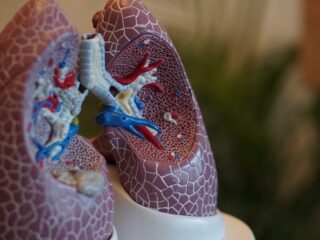
Acute Lymphoblastic Leukemia (ALL)
Most people will have heard of leukemia. This is because it makes up for the highest percentage of pediatric cancers. Leukemia begins in bone marrow and then spreads to the blood and eventually the organs. Symptoms include weight loss, bleeding or bruising, fever, and bone and joint pain. There are possible risk factors for developing ALL, including having Downs Syndrome, being exposed to radiation, and having previous chemotherapy treatments.
Brain Tumors
Brain and other nervous system tumors are the second most likely cause of pediatric cancer. Brain tumors are different in children than adults, but they may still have most of the same symptoms. There are several different brain tumors, all with different treatments and outlooks, but most pediatric brain tumors begin in the lower part of the brain called the cerebellum or brain stem. A child suffering from a brain tumor will become dizzy, complain of headaches, have balance, speech and sight problems, and may have frequent vomiting.
Lymphoma
Lymphoma is a type of cancer that first attacks infection fighting cells called lymphocytes. Lymphoma may affect lymph tissues and other lymph nodes. It can also affect the other organs and bone marrow with each case presenting different symptoms relating to which lymph tissues are being attacked. Hodgkin and Non-Hodgkin lymphoma are the two most common types of lymphoma that can be present in children. Hodgkin is much rarer in children than Non-Hodgkin, which usually affects children over the age of three. Non-Hodgkin requires quick and extensive treatment, but children often respond better to this treatment than adults. Symptoms include swollen lymph glands such as tonsils, groin or armpits, fever, sweating and weakness.
How Can We Help
Research is never-ending into stopping and curing pediatric cancers. PCRF help provides funding for research to improve the care, quality of life, and survival rate of pediatric cancer sufferers. They remain unfaltering in their goal to give every child a cancer-free future. Anybody can help, raising money or donating can ensure research never stops, with the aim of preventing pediatric cancer for good. Every child deserves a good quality of life and cancer shouldn’t stop this from happening.
If your child does suffer from any of these symptoms, go to your GP and get checked. It is always better to be safe. The sooner we catch pediatric cancer, the better chance we have of stomping it out. This list is not extensive and there are many pediatric cancers out there but, hopefully, one day, we will have a cure for every one of them.






